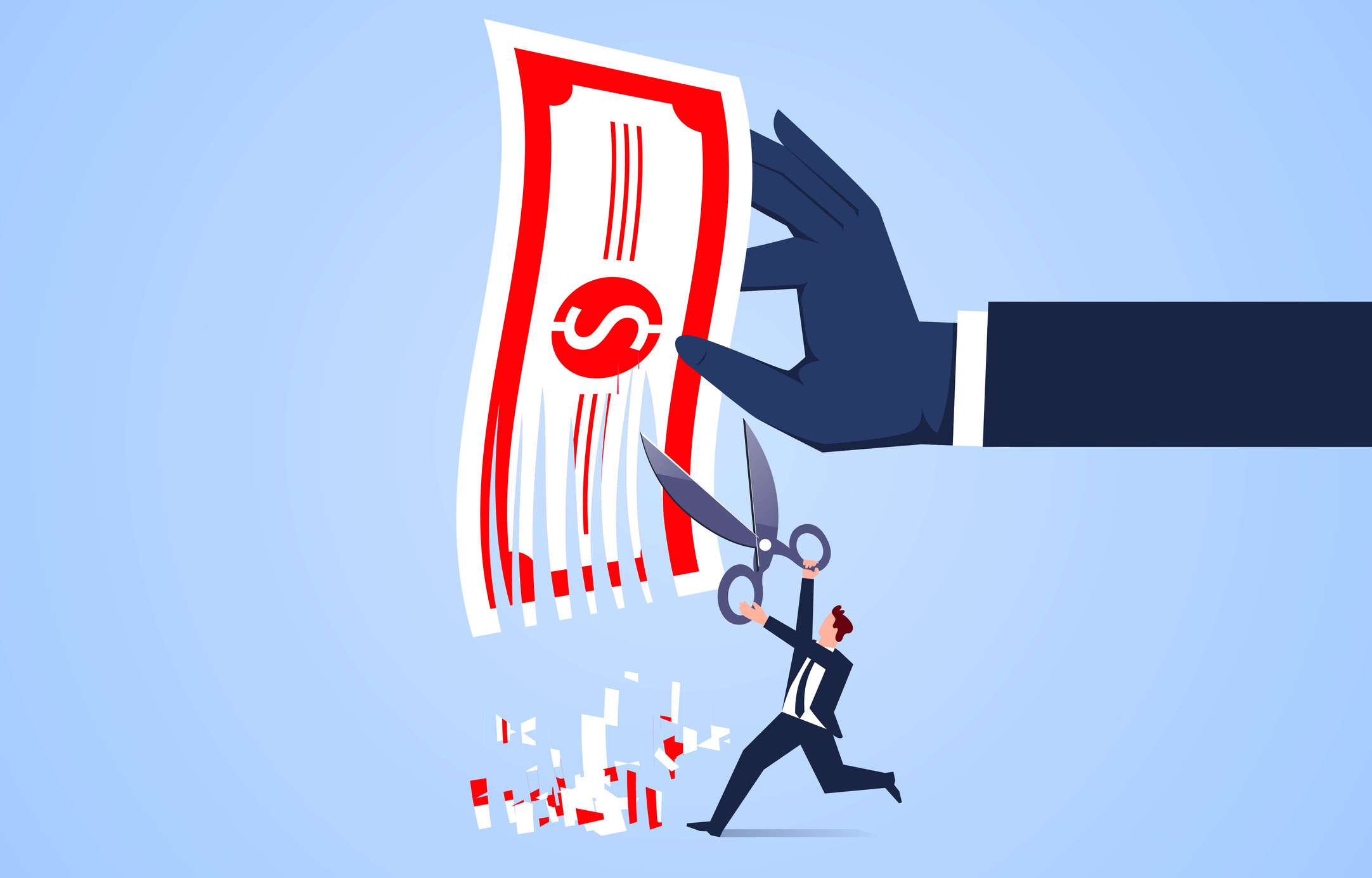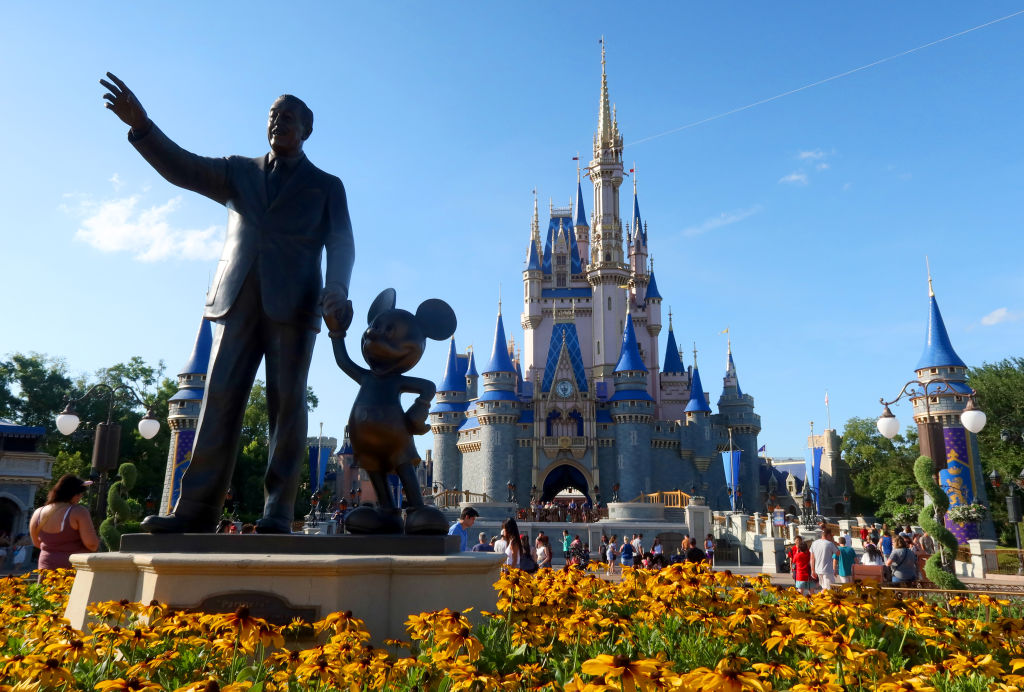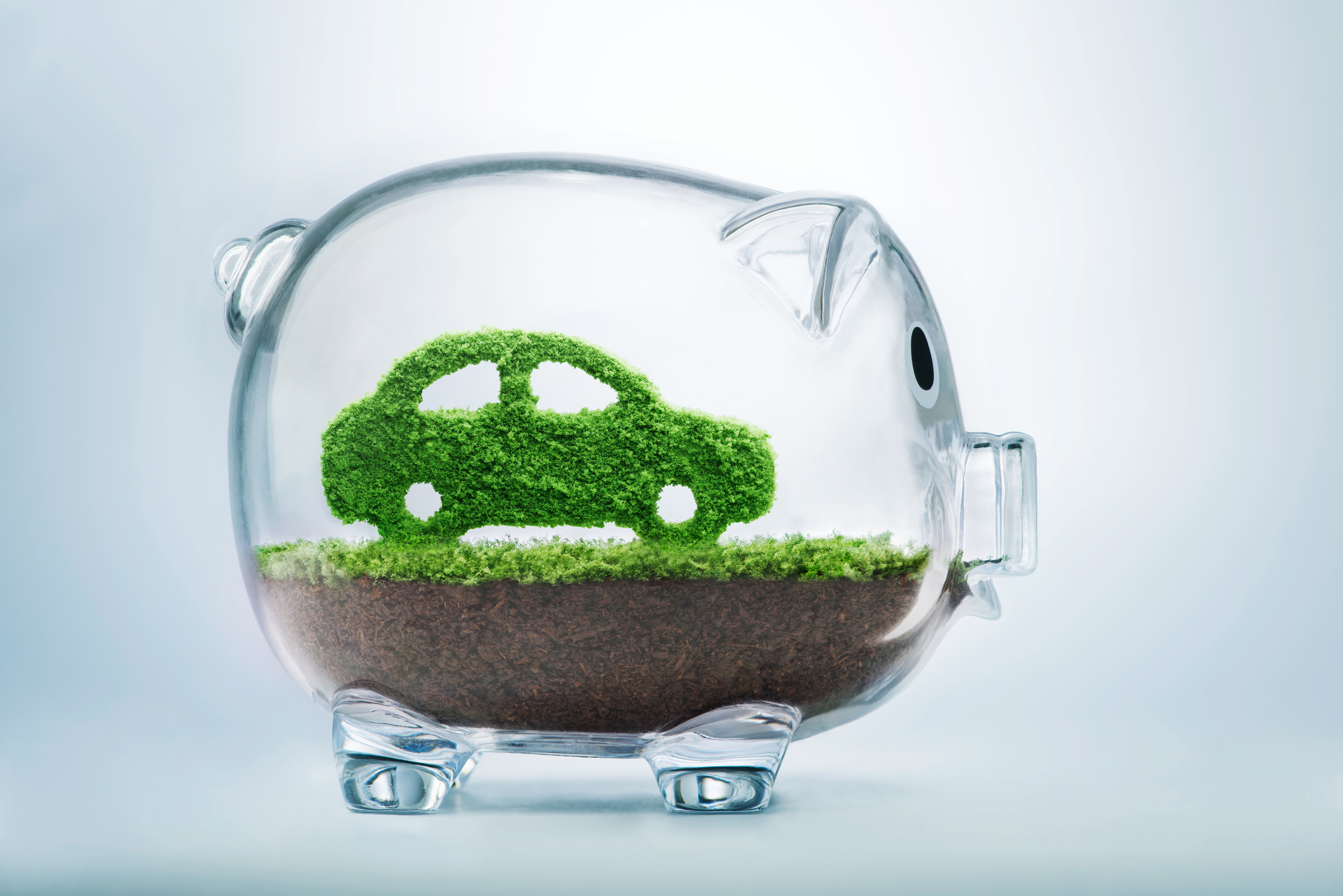Spending Cuts Could Trigger Deeper Slowdown: Kiplinger Economic Forecasts
There is a risk the debt limit could be hit as soon as June


Our highly experienced Kiplinger Letter team assesses the state of the U.S. economy and the events affecting it, producing regular forecasts on the outlook for the economy, to help you make better financial decisions.
Our experienced Kiplinger Letter team will update you on all the important developments (Get a free issue of The Kiplinger Letter or subscribe). You will always get updates first by subscribing, but we will publish many (but not all) of the forecasts a few days afterward online. Here’s the latest…
If spending cuts are required to resolve the looming debt limit crisis, they will likely be moderate and/or spread out over time, so as not to ding current GDP growth too much. However, any cuts that take place at a time when the economy is slowing will likely make that slowdown a little worse.
From just $107.88 $24.99 for Kiplinger Personal Finance
Become a smarter, better informed investor. Subscribe from just $107.88 $24.99, plus get up to 4 Special Issues

Sign up for Kiplinger’s Free Newsletters
Profit and prosper with the best of expert advice on investing, taxes, retirement, personal finance and more - straight to your e-mail.
Profit and prosper with the best of expert advice - straight to your e-mail.
There is precedent for this sort of outcome. The 2011 debt limit fight between President Barack Obama and House Republicans resulted in $917 billion in cuts spread over 10 years, which reduced the immediate impact on the economy.
Lack of resolution to the debt crisis
But note that the White House is determined to avoid compromise, hoping instead that fissures in the GOP eventually drive moderates to its side. With no resolution, Uncle Sam can spend only the revenue coming in from taxes and other sources, triggering even more painful automatic spending cuts.
The timing of a potential crisis depends on June 15 quarterly tax payments. These could delay the moment of truth until late July or early August if they’re good. Otherwise, the debt limit would be hit in June, per recent Treasury Department warnings.
Troubles with manufacturing
Manufacturing’s April expansion doesn’t mean the sector is out of the woods, despite a benchmark survey showing improvement in orders, production, hiring and exports.
Other parts of the survey indicate a future slowdown: Businesses think customer inventories are too high, which happens only when a downturn is coming. Manufacturer inventories and order backlogs are also contracting.
Still, it’s likely that any slowdown will be gradual, a source of frustration for the Federal Reserve, which had hoped for faster relief of price pressures.
Manufacturers face a dilemma with their suppliers. Facing parts shortages in 2021 and 2022, many had expanded the number of suppliers they worked with to hedge against supply chain risk. With demand waning, they’ll face a tough choice between the hard-won diversification of their supplier bases and preserving cash.
This forecast first appeared in The Kiplinger Letter. Since 1923, the Letter has helped millions of business executives and investors profit by providing reliable forecasts on business and the economy, as well as what to expect from Washington. Get a free issue of The Kiplinger Letter or subscribe.
Read more
Profit and prosper with the best of Kiplinger's advice on investing, taxes, retirement, personal finance and much more. Delivered daily. Enter your email in the box and click Sign Me Up.

David is both staff economist and reporter for The Kiplinger Letter, overseeing Kiplinger forecasts for the U.S. and world economies. Previously, he was senior principal economist in the Center for Forecasting and Modeling at IHS/GlobalInsight, and an economist in the Chief Economist's Office of the U.S. Department of Commerce. David has co-written weekly reports on economic conditions since 1992, and has forecasted GDP and its components since 1995, beating the Blue Chip Indicators forecasts two-thirds of the time. David is a Certified Business Economist as recognized by the National Association for Business Economics. He has two master's degrees and is ABD in economics from the University of North Carolina at Chapel Hill.
-
 Nasdaq Leads as Tech Stages Late-Week Comeback: Stock Market Today
Nasdaq Leads as Tech Stages Late-Week Comeback: Stock Market TodayOracle stock boosted the tech sector on Friday after the company became co-owner of TikTok's U.S. operations.
-
 Disney’s Risky Acceptance of AI Videos
Disney’s Risky Acceptance of AI VideosThe Kiplinger Letter Disney will let fans run wild with AI-generated videos of its top characters. The move highlights the uneasy partnership between AI companies and Hollywood.
-
 Ask the Editor: Itemized Deductions
Ask the Editor: Itemized DeductionsAsk the Editor In this week's Ask the Editor Q&A, Joy Taylor answers questions on itemized deductions claimed on Schedule A of Form 1040
-
 Disney’s Risky Acceptance of AI Videos
Disney’s Risky Acceptance of AI VideosThe Kiplinger Letter Disney will let fans run wild with AI-generated videos of its top characters. The move highlights the uneasy partnership between AI companies and Hollywood.
-
 AI Appliances Aren’t Exciting Buyers…Yet
AI Appliances Aren’t Exciting Buyers…YetThe Kiplinger Letter Artificial intelligence is being embedded into all sorts of appliances. Now sellers need to get customers to care about AI-powered laundry.
-
 What to Expect from the Global Economy in 2026
What to Expect from the Global Economy in 2026The Kiplinger Letter Economic growth across the globe will be highly uneven, with some major economies accelerating while others hit the brakes.
-
 The AI Boom Will Lift IT Spending Next Year
The AI Boom Will Lift IT Spending Next YearThe Kiplinger Letter 2026 will be one of strongest years for the IT industry since the PC boom and early days of the Web in the mid-1990s.
-
 Shoppers Hit the Brakes on EV Purchases After Tax Credits Expire
Shoppers Hit the Brakes on EV Purchases After Tax Credits ExpireThe Letter Electric cars are here to stay, but they'll have to compete harder to get shoppers interested without the federal tax credit.
-
 Amid Mounting Uncertainty: Five Forecasts About AI
Amid Mounting Uncertainty: Five Forecasts About AIThe Kiplinger Letter With the risk of overspending on AI data centers hotly debated, here are some forecasts about AI that we can make with some confidence.
-
 Worried About an AI Bubble? Here’s What You Need to Know
Worried About an AI Bubble? Here’s What You Need to KnowThe Kiplinger Letter Though AI is a transformative technology, it’s worth paying attention to the rising economic and financial risks. Here’s some guidance to navigate AI’s future.
-
 Will AI Videos Disrupt Social Media?
Will AI Videos Disrupt Social Media?The Kiplinger Letter With the introduction of OpenAI’s new AI social media app, Sora, the internet is about to be flooded with startling AI-generated videos.